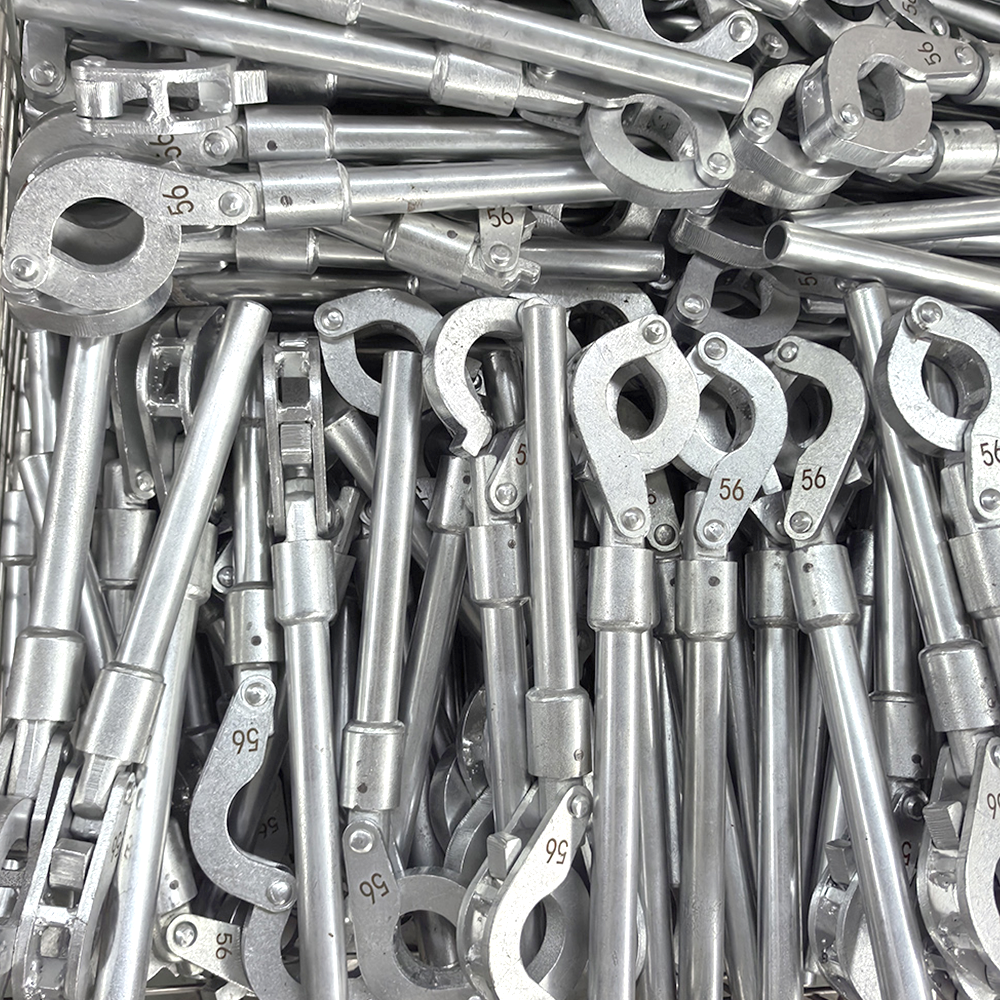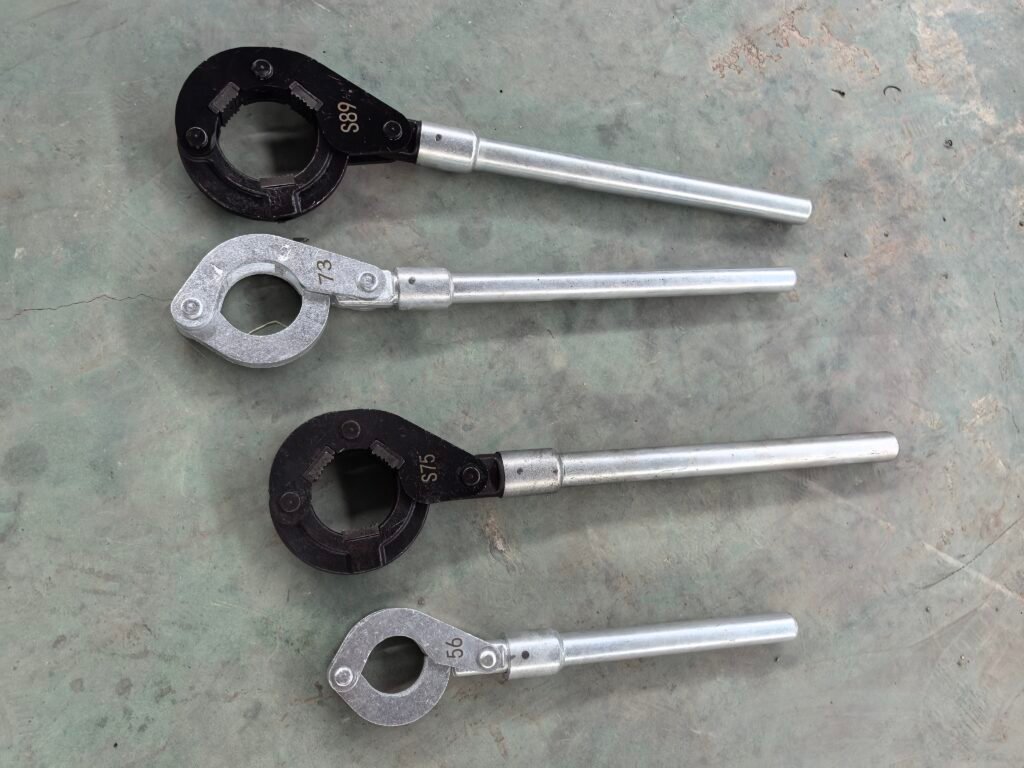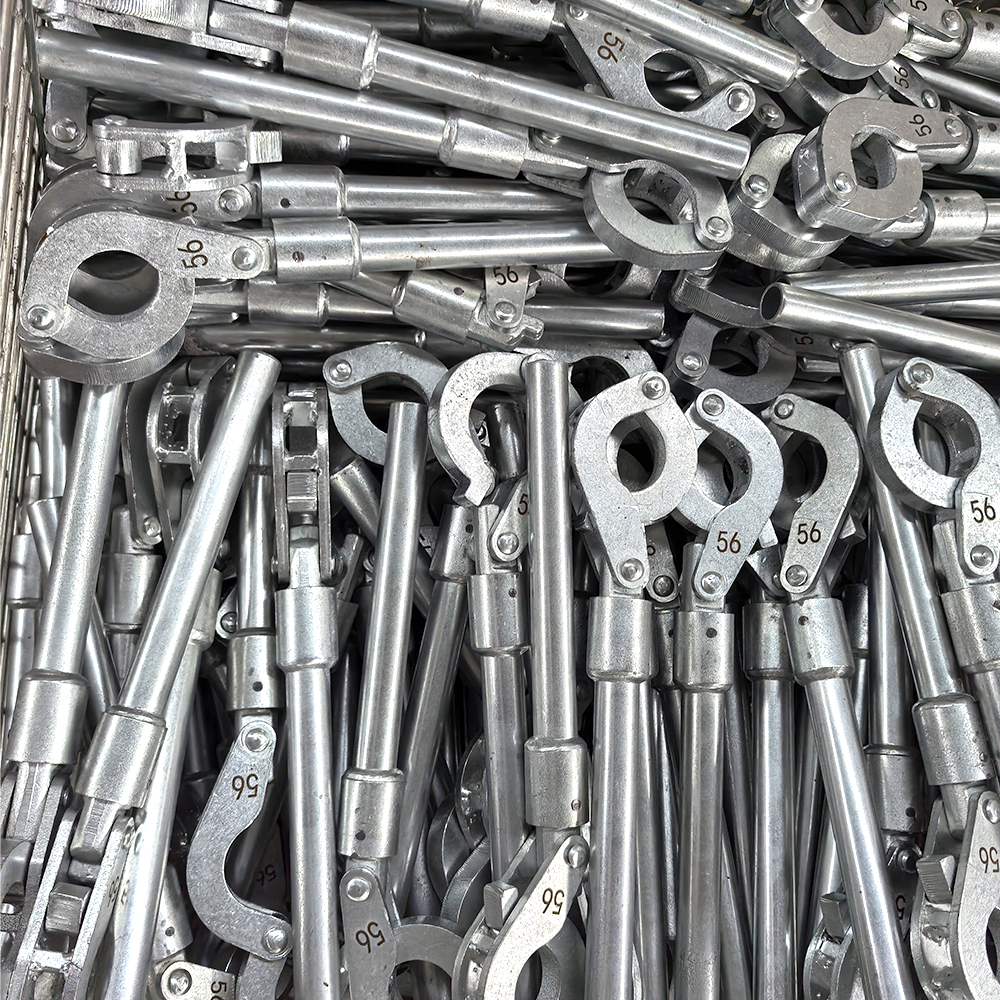By Sicher | June 9, 2025
Introduction
An internal pipe wrench (also called an “inside pipe wrench” or “expanding pipe wrench”) is a specialized tool for gripping and turning pipes from the inside, making it essential for tight spaces or damaged pipes where traditional wrenches fail. Whether you’re a DIY enthusiast or a professional plumber, mastering this tool can save time and frustration. Here’s a step-by-step guide to using it safely and effectively.


Step 1: Choose the Right Wrench
Not all internal pipe wrenches are the same. Ensure yours:
- Matches the pipe diameter (most models adjust via a T-handle or screw mechanism).
- Has sharp, non-slip teeth for a firm grip.
- Is made of hardened steel for durability (avoid cheap cast iron models).
Pro Tip: For PVC pipes, use a wrench with rubberized jaws to avoid cracking.
Step 2: Insert the Wrench into the Pipe
- Collapse the wrench head by turning the adjustment mechanism counterclockwise.
- Slide the tool fully into the pipe until the jaws contact the interior walls.
- Expand the head by turning the handle clockwise until it locks tightly against the pipe.
Warning: Over-tightening can deform thin pipes—stop when you feel firm resistance.
Step 3: Turn the Pipe
- Attach a breaker bar or adjustable wrench to the tool’s drive square for extra leverage.
- Rotate counterclockwise to loosen (standard pipe threads are right-handed).
- For stubborn pipes, tap the wrench handle lightly with a hammer to break corrosion.
Safety Note: Wear gloves and eye protection—rusty pipes can snap unexpectedly.
Step 4: Remove the Wrench
- Loosen the adjustment mechanism to release the jaws.
- Gently wiggle the tool out to avoid damaging the pipe’s interior.
- Inspect the pipe for burrs or scratches (use emery cloth to smooth if needed).
Troubleshooting Common Issues
- Slipping jaws? Clean pipe interiors of grease/debris first.
- Stuck wrench? Spray penetrating oil (e.g., WD-40) and wait 10 minutes before retrying.
- Stripped pipe? Switch to an external pipe wrench or pipe extractor tool.
Final Thoughts
An internal pipe wrench is a lifesaver for plumbing repairs, but technique matters. Practice on scrap pipes first, and always prioritize safety. For visual learners, check out tutorial videos on Home Depot’s YouTube channel or Popular Mechanics’ tool guides.
Got questions? Email us at sicher@finedrill.com

